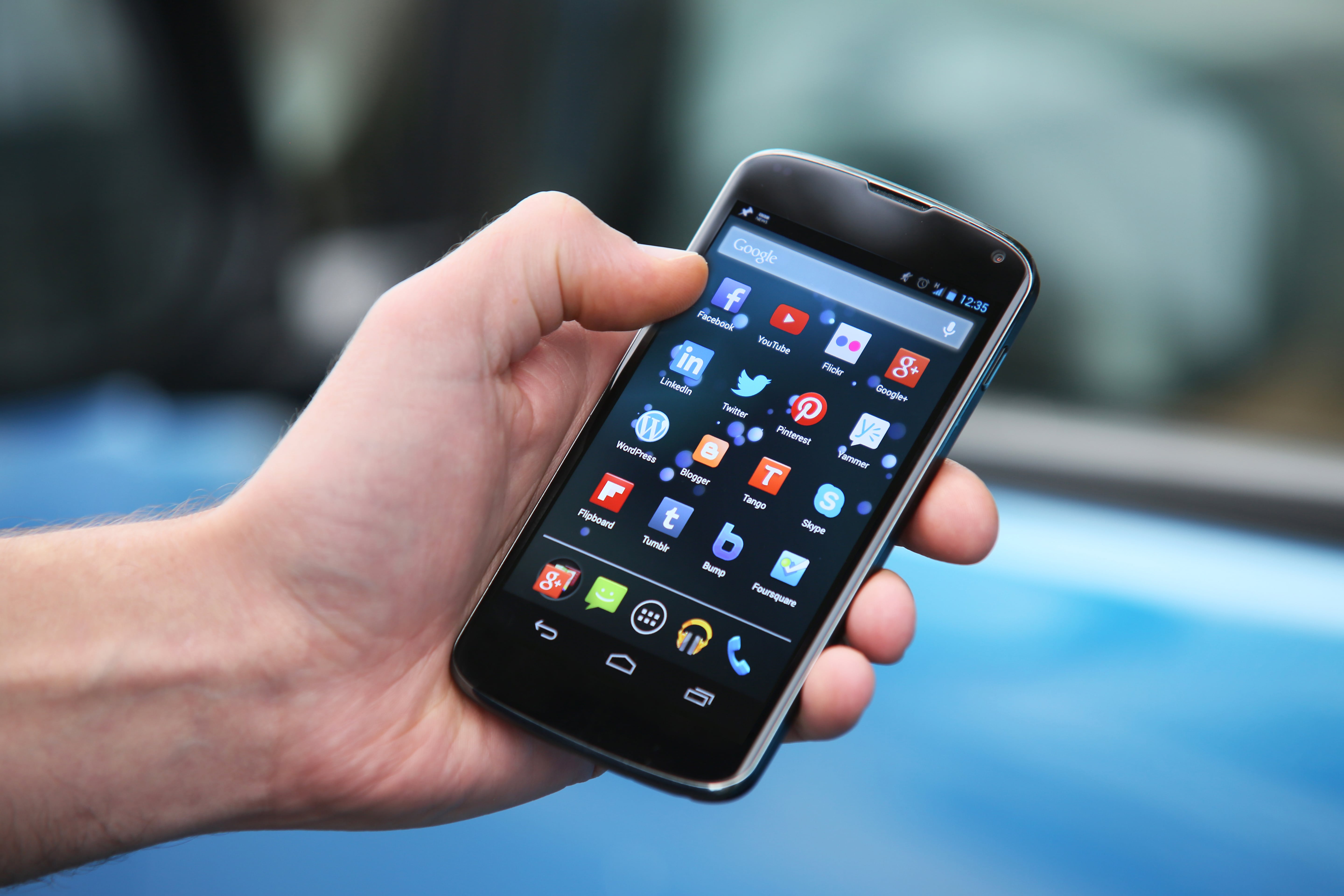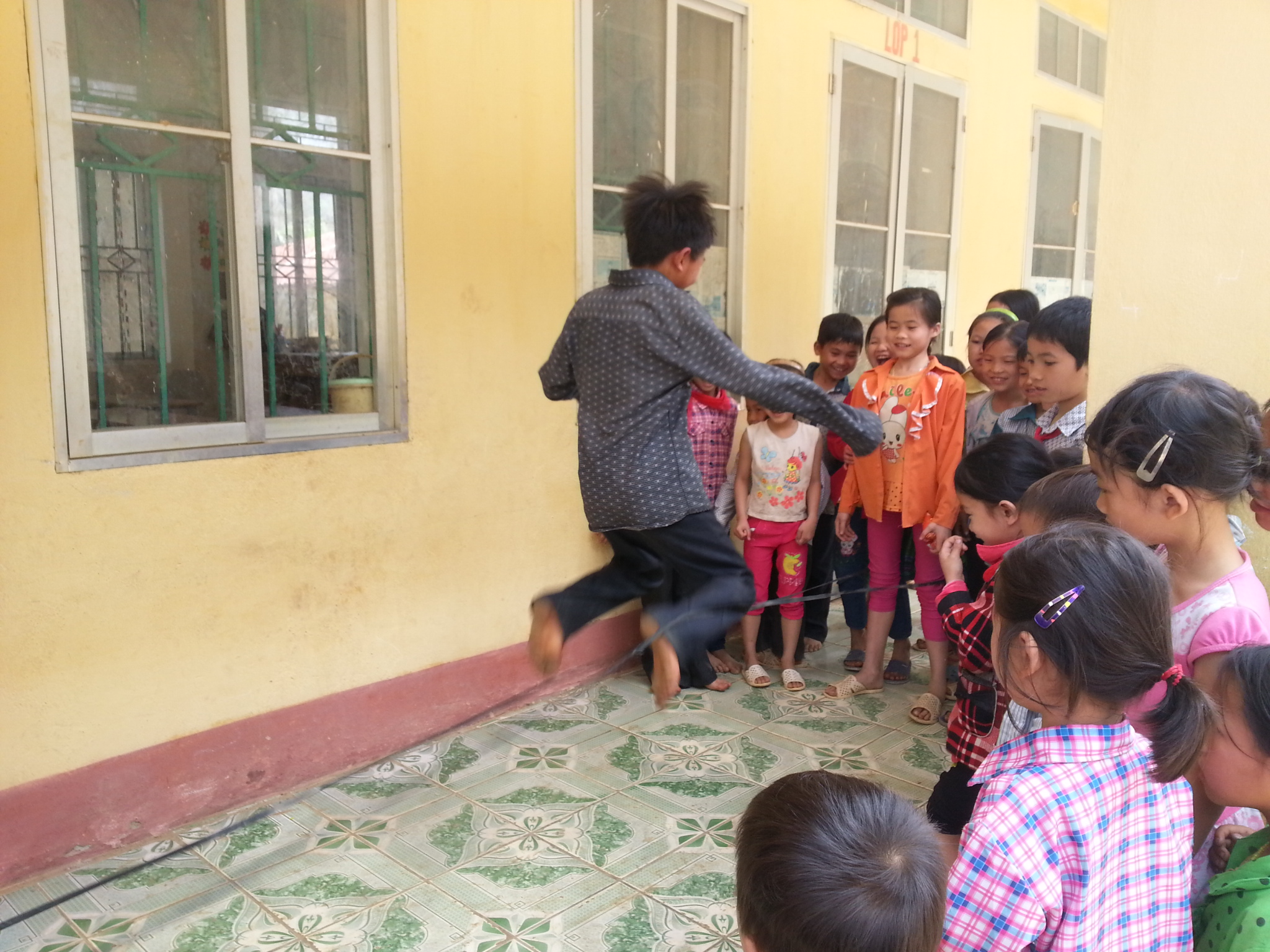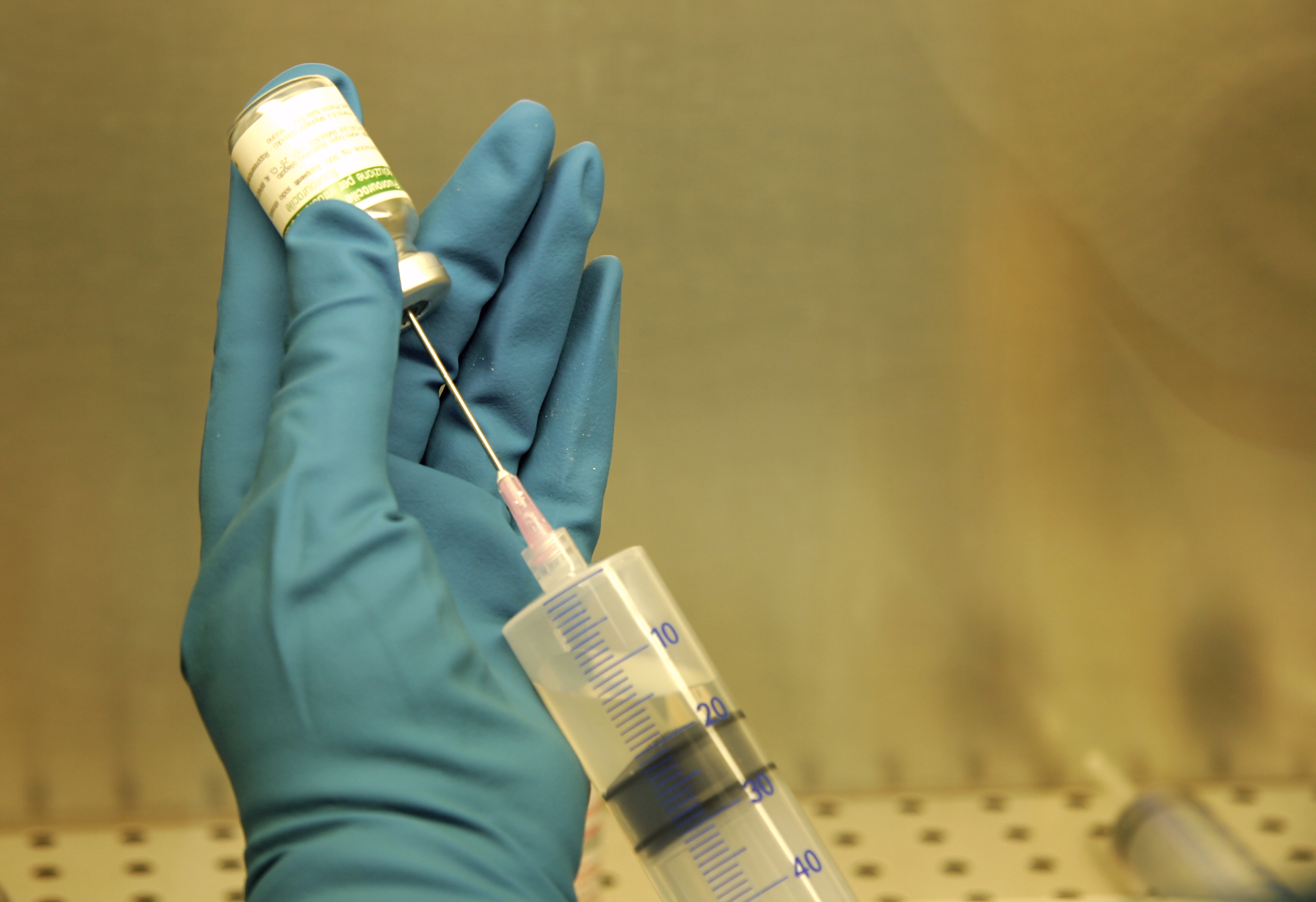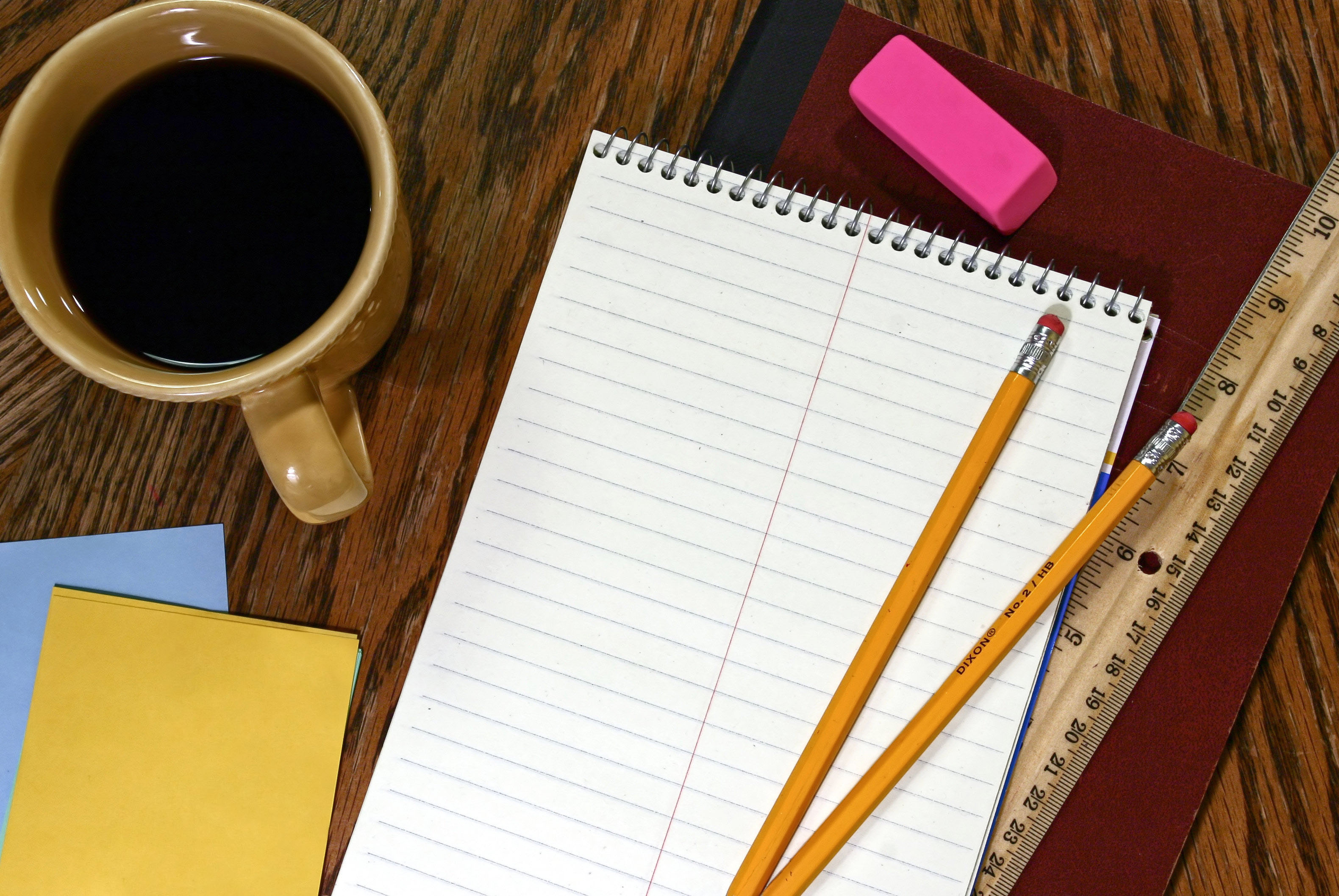Packing for a long term family journey
“How did you pack ?”, “What did you take with you ?”, “What did you find unnecessary ?”, “What are you missing ?”, these are questions we’re frequently being asked. Here is our guide to packing for a long term family travel.
First of all, before packing it’s important to decide on what you will pack in. Suitcases ? Backpacks ? How much shall each one carry ? What will the kids carry ?
Well, definitely, when doing a backpacking sort of trip and even a light-backpacking-because-you-know-we’re-still-family-with-children trip, suitcases are out of place. You want to be able to load your luggage on your backs in all terrains and suitcases simply don’t do the job.
True, most of the time you’re not going to actually carry the packs on your backs, certainly not for long distances. Most of the time you’ll simply get off the plane or train, seek for a bus or a taxi, get in the hotel or the guesthouse, and settle yourselves. Your gear has to be suitable to these transitions.
And sometimes you might find yourselves walking with the gears on your backs more than you intended. I can’t recall an occasion in which we walked with our backpacks for more than 10-15 minutes during the last year, and still the mere fact that all we have to do is load our backpacks and start walking makes our movement possible in locations where suitcases would have made us an easy prey for being ripped off by taxi or tuk tuk drivers that can easily smell that you are, well, stuck without the ability to move too far with suitcases on a road that provides no way of strolling on with them.
We just load the gears on our backs wearing a face of “we can always walk there on our own, so don’t try to rip us off with the taxi price”. It usually works.
There are some hybrid backpacks that can also be rolled on wheels like a suitcase. We don’t use them but that’s an option. Only take into account that the mechanism that transforms them from trolley to backpack also by definition makes them heavier than a standard backpack.
We’re using regular backpacks, mainly because we received them used from friends, but still even we did have to buy them we would have chosen the same type of backpacks. Straight on your backs without issues. Talking about backpacks, we found that buying used ones is usually a great deal. You can always find great offers of backpackers who returned from their trip and want to sell a backpack in very good condition for an amount that is much more comfortable than the price of a brand new one.
We prefer backpacks with a suitcase style zipper opening over the rucksack style opening. It simply makes it easier to access your belongings and find quickly the item you need.
d=”attachment_1277″ align=”aligncenter” width=”576″]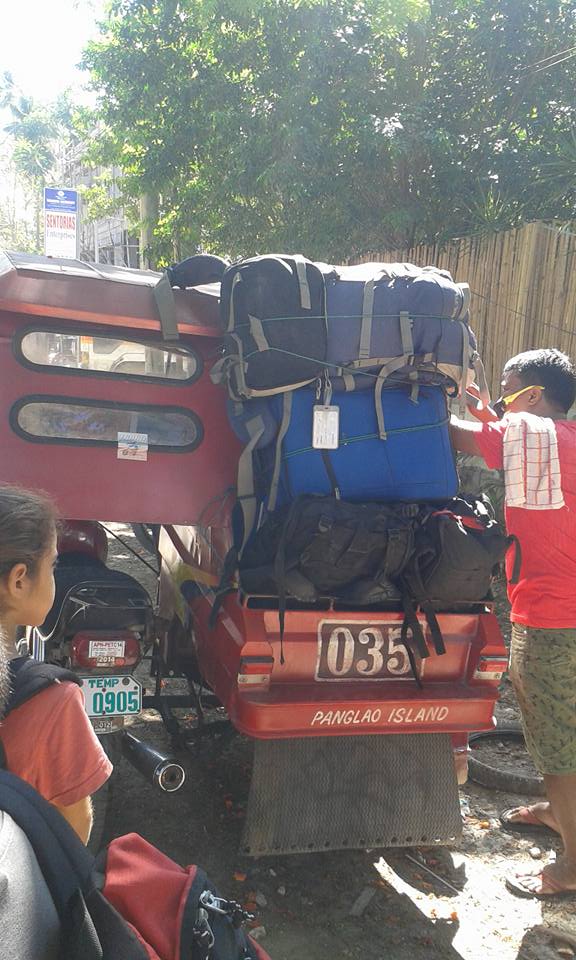 A family of five with all their luggage on one tricycle, The Philippines[/caption]
A family of five with all their luggage on one tricycle, The Philippines[/caption]
So what are we using? Like in any good story we have three backpacks, one big rucksack style of 90 liters carried by The One, one medium size of 70 liters carried by me, and a small one of 60 liters volume carried by The Eldest (who was 12 years old when we took off).
We have small trolley suitcase that we can carry with us on to the plane, a computer bag that can be carried on the back or on the chest and sits nicely on the trolley’s handle while it is being rolled on, a small size daypack that our central carries on his back with another daypack on his chest with some of his personal belongings, an identical small daypack belongs to Little One and she carries it on her back and also responsible for carrying our video camera.
Out of those the daypacks of The Central (10 years old when we left) and Little One (7) are the only items we’ve bought right when we started our journey in Bangkok for 5$ each and they serve us excellently during this year.
Now that we have the bags, what do we pack inside them ?
Clothes: 3 shorts, one or two pants, 5 T-shirts, several light dresses, swimsuit (at least one, I have three and I’ll explain shortly), long sleeves shirt, underwear.
A disclaimer about clothing: I have more clothes than the rest of the family. That’s a fact. Do you really want to make a scene of it??
Having said that, here’s a rule: if we buy a new clothe, we throw away an old one instead. The backpack is your friend, don’t overstuff it. Clothes get worn out, torn off, sometimes we buy a t-shirt or shorts (there’s a great scene of second hand clothing in Thailand, great dotted pants for 3$. It’s almost immoral to leave them in the shop) and it’s okay as long as we keep the ground rule that every item in requires an item out, and usually for good reasons.
Swimsuits – for picky women with juicy Mediterranean hips it is going to be almost impossible mission to find a decent swimsuit in SEA. That’s why I strongly recommend taking your swimsuits from home. It’s small, it’s light and will take off one more distraction from your mind.
Same goes for bras and panties. The bras in SEA are usually too small and panties are of poor quality or unreasonably expensive. I brought with me about ten panties and they tend to be lost in the laundry from time to time. For that I have found an excellent solution – men’s boxer undies, which can be found everywhere in SEA. You only have to choose if it’s Kelvin’s or Tomy’s copycat… It’s cheap and it’s comfortable.
It’s usually better to buy a sweatshirt in cooler places than to carry from home a sweatshirt that will use precious space in your bags and most likely you will never use it (or hardly use it). Need one? Buy one. We needed long sleeves shirts in Cat Ba Island in Vietnam so we bought them in the market. You can always find these necessities and get along.
Walking shoes is a popular issue to deal with among fellow travelers. We found that unless some real serious trekking is on the plan, you can get along with a pair of comfortable snickers. New snickers can easily be found anywhere during the journey, because believe it or not, The Natives keep on growing up even during travel! In any case 90% we simply wear flip flops.
Toiletries. You should know yourselves what kinds of toiletries are necessities for you. I only have few remarks to add.
In the East there is usually no “volume discount”. Toothpaste for instance is not much cheaper per gram if bought in a bigger package or a small one. That’s why we usually buy the small packs of shampoo, hair conditioner and soap.
Soap case! Bring it with you from home. We haven’t seen this simple yet ingenious accessory anywhere the last year and if you prefer your soap solid rather than liquid it’s simply a must have.
Perfume/aftershave. If you’re up to it then I recommend buying it at home. In the East it is very expensive. I don’t use perfume for months now since the last bottle was finished and it feels a bit silly to use it in combination with the odor of the mosquito repellent. But still sometimes you feel like putting it on.
We carry with us a medium size toiletries bag.
Accessories. Using this term – accessories – may sound like taking unnecessary luxuries with you, but in many cases the accessories are most important. Which accessories we carry along with us in the backpacks:
Two fast dry towels. In most of the places we received towels from the guesthouse, but still it’s better to have some just in case. It doesn’t weigh too much and over the last year there certainly were situations when it was good to have them. For example, in case you settle in a place and decide to rent a house. It perfectly makes sense that the place you’ll rent will not supply towel (it’s not a hotel after all). It happened to us in Hoi An, Vietnam. We rented a house for a month. We bought in the market a couple of simple towels and us adults used the ones we took from home for daily use. They also dry quickly after laundry which is a nice bonus.
Longyi/sarong/scarf. Very very useful. When traveling in air conditioned means of transportation (flights, night trains, night buses), when entering a temple and being required to cover the shoulders, when one of The Natives falls asleep and has to be covered, occasional mat or even a towel when things get tough.
Beddings. Blanket and pillow covers. It’s good for situations when the blanket in the guesthouse is disgusting or just not big enough, situation when you booked a family room and received only four blankets instead of five. Sometimes it’s good for creating a homey feeling. There’s nothing as homey as laying your head on a pillow that smells like old sweet home.
Electric heater. One of the items that undoubtedly made our trip. Anywhere, even in the most basic guesthouses and the most isolated and remote locations we could always make our own coffee independently and that’s a great treat. Electric heater can be found in Thailand (and that’s for sure since we already bought two in totally different locations in Thailand).
One or two tea spoons, dish washing sponge, sharp knife with protecting cover (don’t forget to pack it separately when going on a flight and don’t pack it in your carry on luggage by mistake. Only in the checked in luggage), small face towels (we bought these in The Philippines where everybody use it for its original purpose of wiping the faces from sweat. We also use them as kitchen towels), jarred coffee, coffee cups. We shove a pair of socks inside each cup and wrap it with a scarf, if you ever wondered why scarves are so useful. We bought in Vietnam two personal coffee filters and we can enjoy anywhere anytime a great cup of coffee independently. So I’ve this going for me and it’s nice. All the items I mentioned here and a few more are packed together in a small case we couldn’t even start imagining how handy it will become for us. A golden item.
Small folding cases that don’t use a lot of space. What do I mean? You know those laundry bags made of net like cloth ? And the cute sets of three to five polyester cases zipped one inside the other ? Very useful. For separating laundry, holding all the underwear of each Native’s underwear separately so they don’t all mix up (our Eldest carries in his backpack his and his brother’s clothes and this separation helps them find themselves in the backpackal dimension), packing some toiletries for the whole family when going a short day or two-day trip not requiring to carry the entire bunch, and other sorts of creative uses that once you’ll come across it you’ll know for sure – good thing that I took these with me. Again, it’s useful, light weight and consumes almost zero space.
Medical case: bandages, disinfection materials, painkillers, fever reducers, antihistamines, antibiotics, antibiotic ointment, burns treatment remedies, ear drops, something for stomachaches, lots of plasters. When packing a medical case you have to balance between the “should have” and the “it’s better to use something local”. They are both valid. There are certainly some medicines it is better to have with you, and yet usually you can get about everything you need in local pharmacies and it’s even better most of the times. Wounds for example it takes longer time to heal in SEA and it’s usually best to use the local antiseptics.
We also keep some alternative medications, like grapefruit seed extract which is good for throat and stomach and as far as we know is nowhere to be found in SEA, natural shea butter and ethereal oils cream that is good for about anything, various ethereal oils (lavender for disinfection and pain relaxation, ravensara for breast massage for coughing, tea tree oil for fungal infections and some more).
Electronics. It depends on your needs, on how digital travelers you are, whether one or both of you need a computer to work during the journey, like we do. There’s also The Native’s electronics that is more related to their school needs and family decisions regarding screen time.
We are very (very) digital travelers (list of the most useful applications, courtesy of The One). I am working during our trip and The Natives are homeschooled which also requires its share of online access to materials.
Our bag of electronics contains two laptops, three tablets, kindle and two smartphones.
Universal adapters are essential, at least two of them. You can never have enough phone chargers. Carry with you as much as you have. The chargers in SEA are not always of the best quality and they have a tendency to disappear along the road. We are a Samsung commercial. All of our smartphones and tablets are Samsung which allows us to use the same chargers stock. Data cable for transferring files between the camera and the computer, disk on key, VGA/HDMI cable so sometimes you can display from the computer to a TV screen when it’s possible.
Papers. Even when leaving the matrix you there are some papers it would be wise to take along with you: travel insurance policy, passports copies, international driving licenses copies, passport photos, writing block, a pen or two. We have a hardback binder hiding within our bag of electronics. It keeps the papers from messing up and useful as a writing block or writing surface. Occasionally you need one.
Books. When we left home we took with us a book or two for each one of us, added to the school books required for the studies of The Natives. We also took with us some school supplies like notebooks and pencil box. Most of the items can be found in SEA, with the exception of mathematics notebooks (with grids). For some reason these are really hard to find and it’s good to bring them with you from home. Upon finishing a book we simply let it go, because books are heavy. The single book we carry with us never to be left behind is the Bible.
Games. The Natives chose some box games that are now packed together in a light case including all the parts (or should I say particles) of the excellent games Settlers of Catan that originally comes in a big box but we disassembled it to pieces, wrapped with rubber bands and zip lock bags and boxed it in a special pocket in the games case.
Things you (probably) never thought packing but (probably) be glad you did:
Makeup. Yes, I took with me mascara, gloss, lipstick. I don’t use makeup a lot also at home but honestly I used here makeup in several occasions. Long term journey can sometimes feel like a lifetime and sometimes it feels like putting on some makeup. It’s fun to have what I like.
Hair trimmer. If you use it regularly then take one with you. If you don’t use it regularly take one anyway because you might yourselves using it, especially if you like to be independent like we do.
Things we found unnecessary: if you’re scuba diving and have booties then The One says that there’s no reason to take them with you. In most cases diving in SEA is done from a boat so the booties are just extra weight.
Personal water bottles. We had environment friendly light metal personal bottles for reuse and all. Totally not useful. In SEA you simply buy a plastic bottle and drink from it. If we need to reuse then we do it with the plastic ones.

